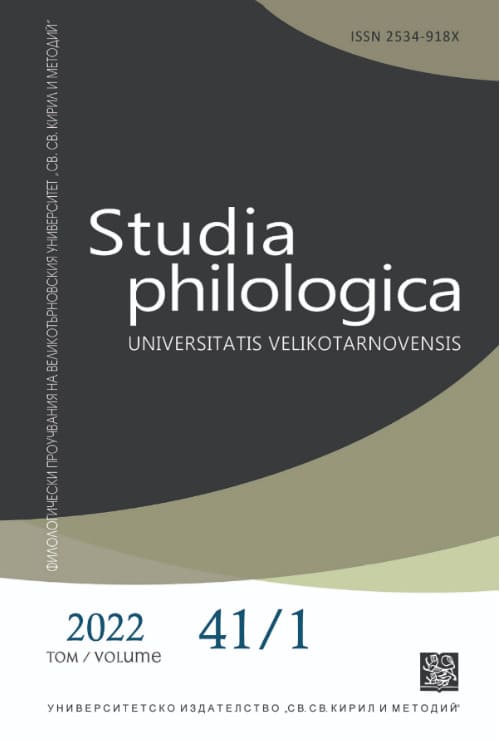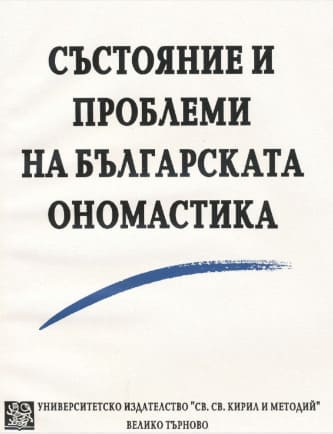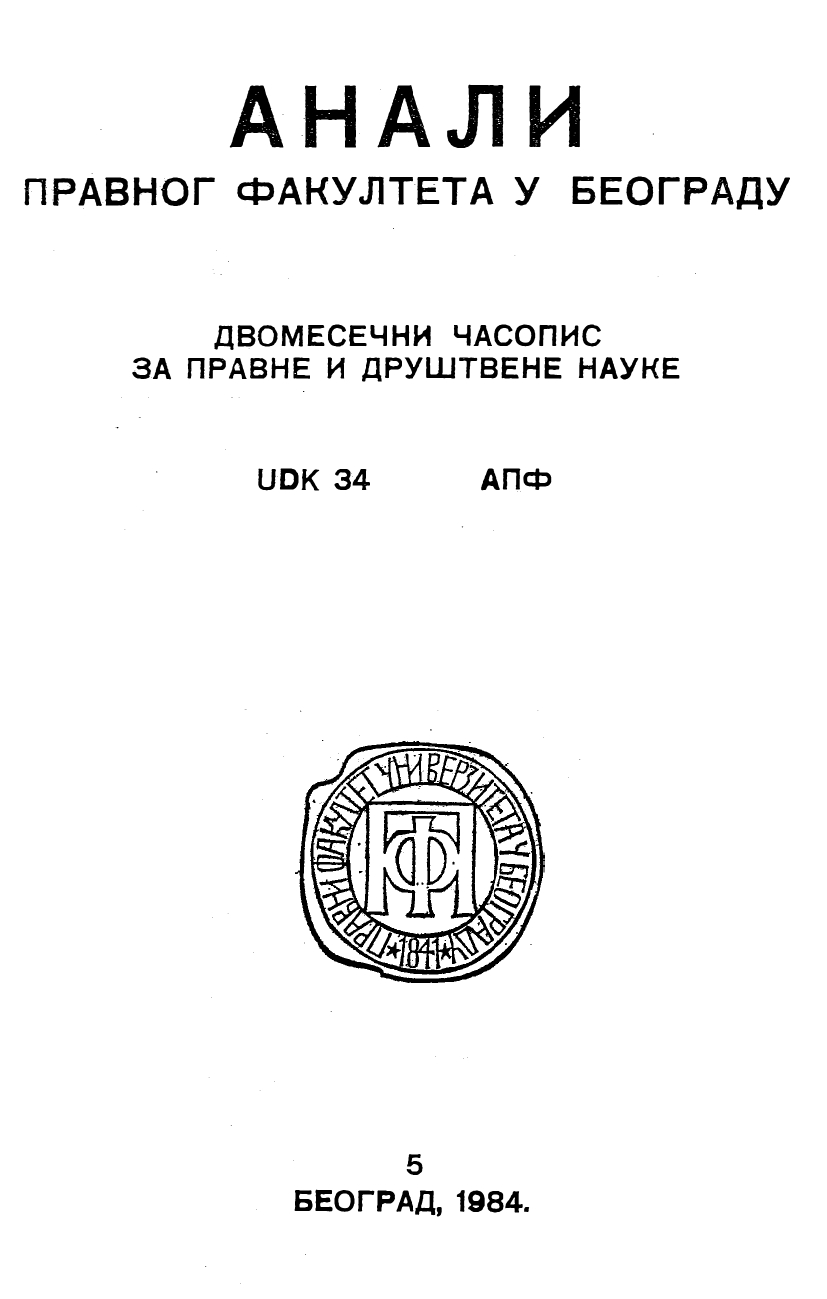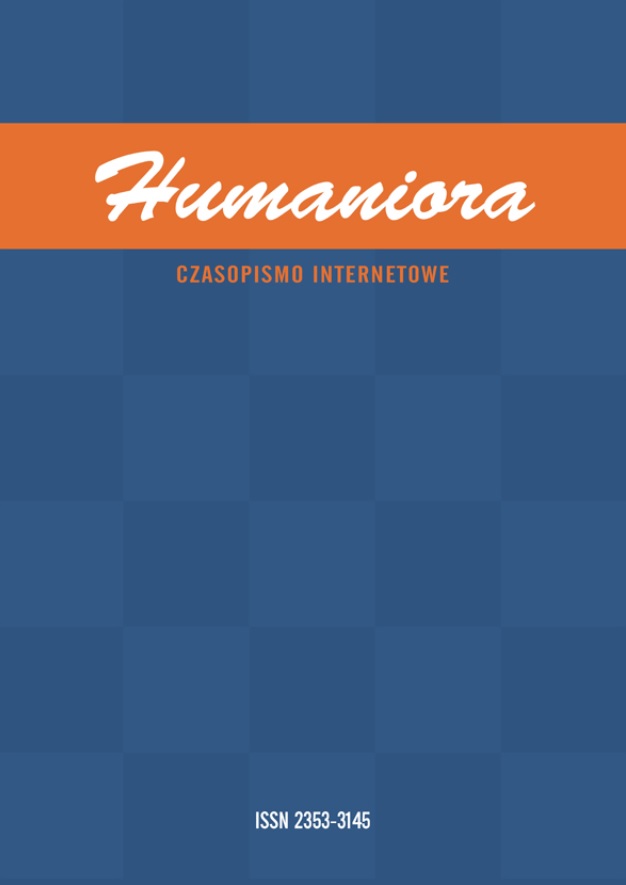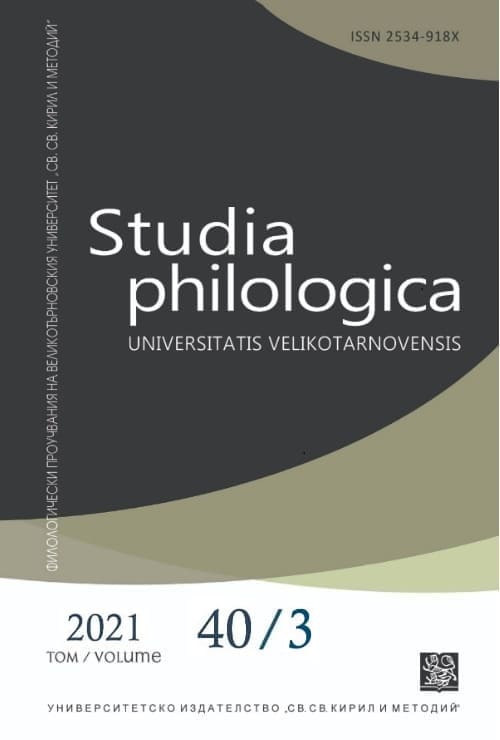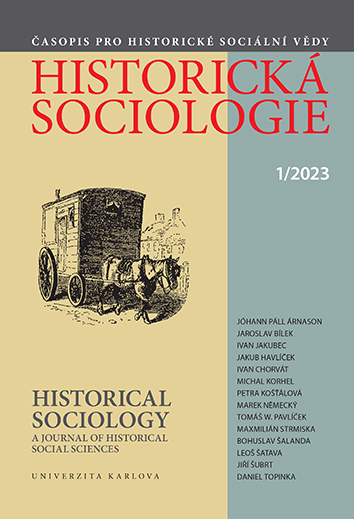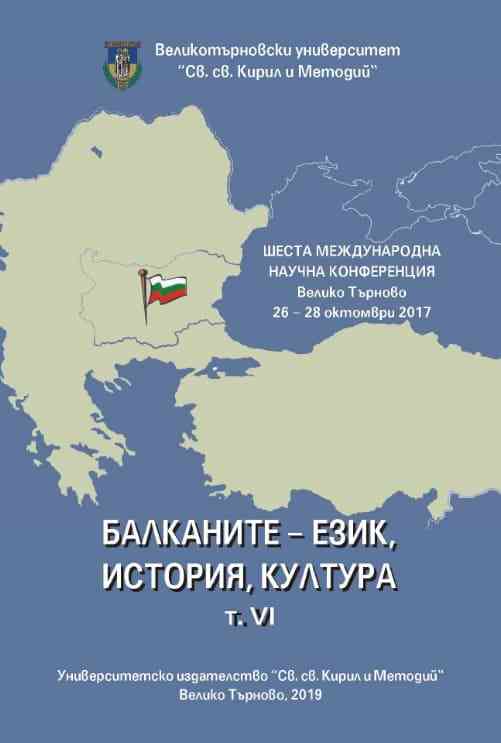
Ritualni običaji kod Srba, nasleđe predaka arhaični oblici paganskih praznika u hrišćanstvu
Folk Christianity and numerous folk beliefs, which are a part of the rich folk tradition, originate from primitive cults and nations. Christian holly holidays are often a transformation of traditional pagan holidays and festivals. They occurred as a result of cultural and religious assimilation, as the missionaries sent to spread Christianity in Europe, faced with live religions of the nations that lived at that time on the Old continent. The assimilated nations took with them also their memory of their “idols”, which could have not been accepted in Christianity that strictly forbid their worship. Impossibility of practicing the pagan rituals caused the “dying out” of their religion, which remained only a thought without foundation, reduced to old memories. The ancient memories that lived in the nation, found their way and were revived in its imagination, continue their life having taken root in the myth. The ancient pagan cults served as the inspiration to the new religion that was spreading through Europe. The old “idols“ were dressed in new clothes and became Christian saints protectors; the ancient customs were adjusted to the Christian God, and the polytheistic religions was replaced by a new one – monotheistic, as one religion cannot exist without rituals and rites.
More...
